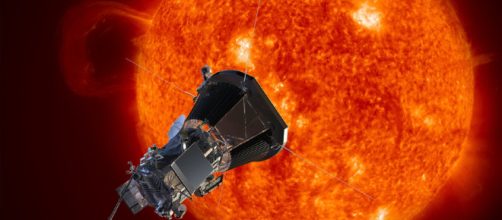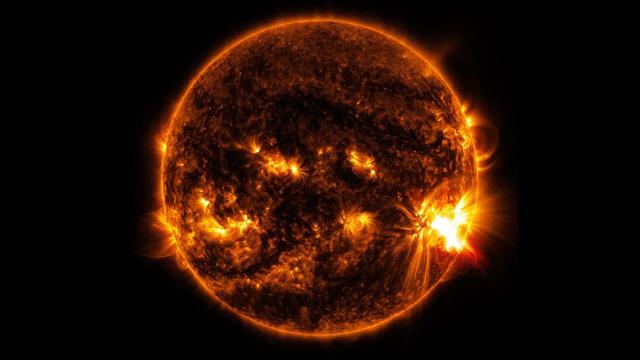NASA and the Europen Space Agency (ESA) will launch two vehicles - Parker Solar Probe and Solar Orbiter to study the sun at the closest distance than any other space vehicle before it. This study will permit a better comprehension of the way in which the earth deals with the sun´s radiation, however, it will also help understand the way in which the sun´s energy triggers space weather events. The main objective of this project is to better understand the sun´s processes and how it affects space and our planet, including space technology, so as to predict future sun activity.
Parker Solar Probe
This space vehicle, which is scheduled to be launched this year, will fly within 6,400,000 km (4 million miles) - the closest a space vehicle has ever flown - at almost 720000 km/h (45000 miles/h), from the sun´s corona. The data this spacecraft will collect will offer new information about how the sun and earth are connected. It´s believed that the mission will help open new theories of the way in which the sun´s corona gets hotter than the surface of the sun and the great speed at which the solar wind leaves our star. The imaging instruments will take shots of the sun from varied angles, including the poles and the equator.
Solar Orbiter
Scheduled to be launched in 2020, this vehicle will study the sun from within 42 million km (26 million miles) from its surface.
In a circular orbit around the sun, this orbiter will fly in and out of the ecliptic plane to capture the first ever images of the sun´s poles. The orbiter´s first view of the poles may lead to a deeper understanding of the processes that originate from the sun´s magnetic field. This spacecraft will reach its scheduled orbit three years after launch with the assistance of gravitational manoeuvres from Venus and Earth.
Scientific objectives
Both of these missions will take a closer examination at the sun´s corona, which is not predictable, as its activity is not really understood. Information gathered from previous missions have provided clues that lead to thinking that the sun's corona may contribute to the processes that make the solar wind acquire great cosmic speeds.
The probe will capture the solar wind as it is ejected from the corona, obtaining accurate measurements of it. The program´s main goals include new insights into the way in which the solar system works, the origins of the universe, the processes that drive the sun´s activity and its impact on our planet.




